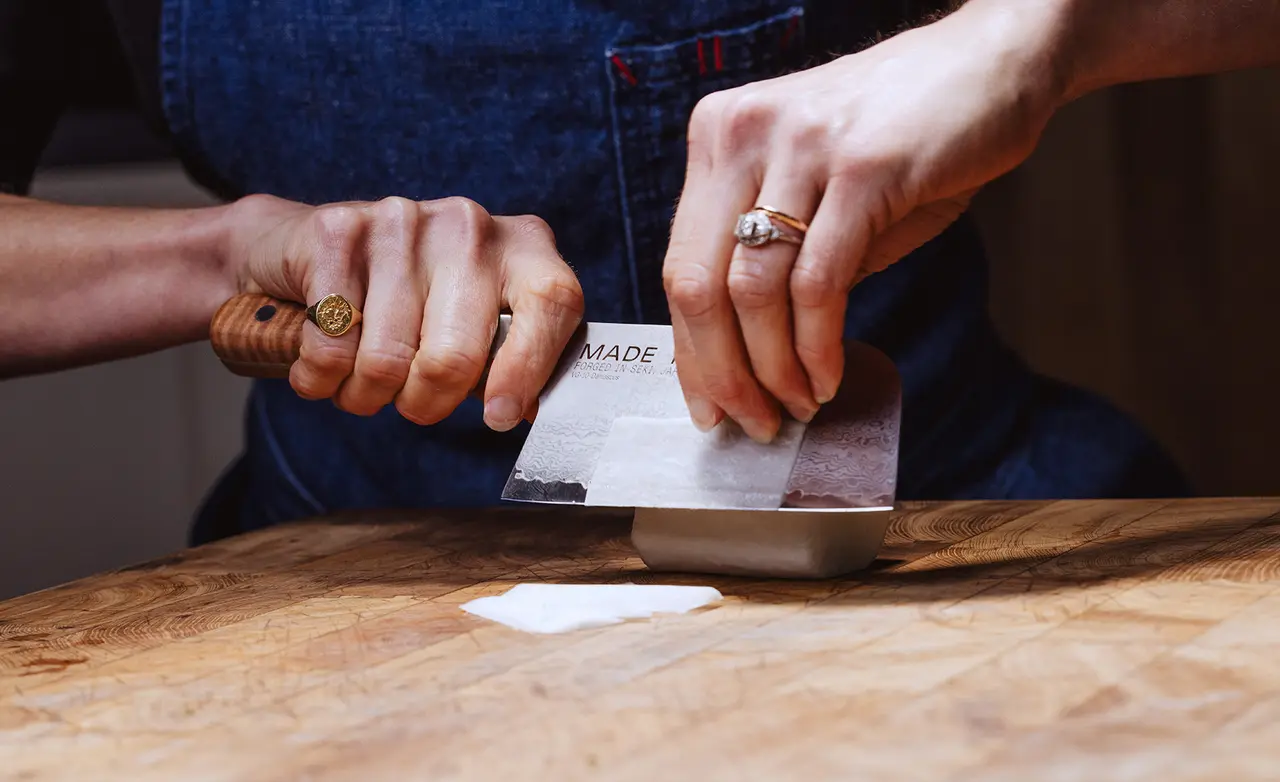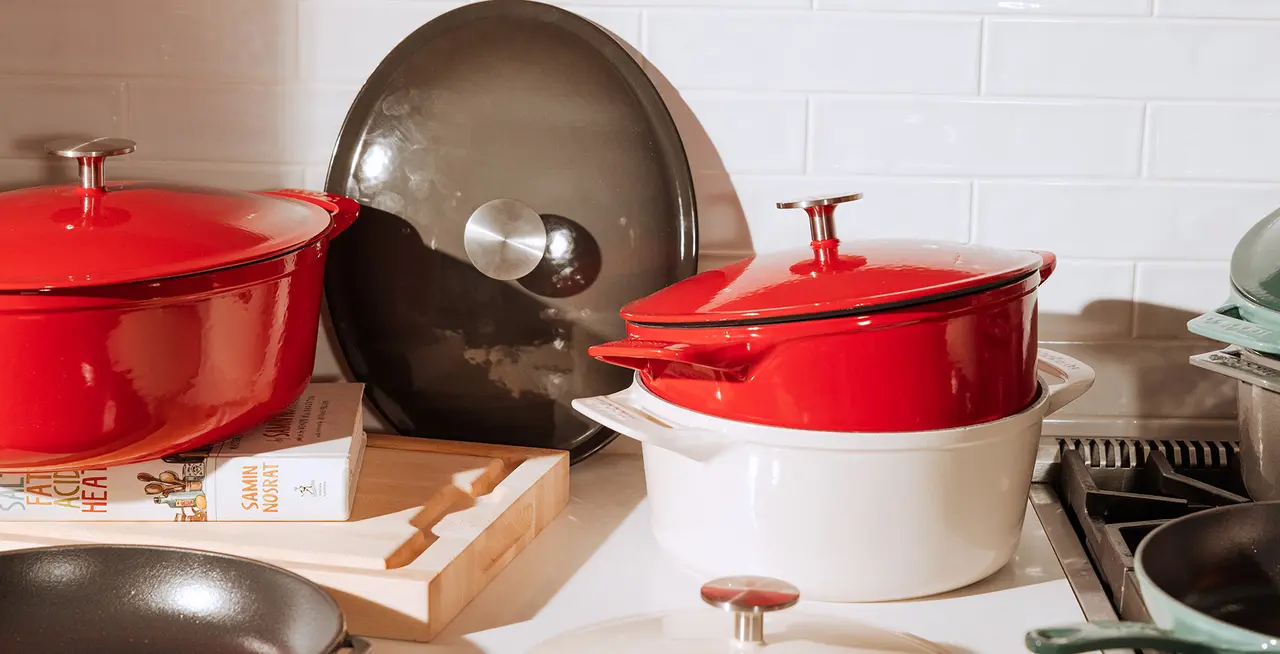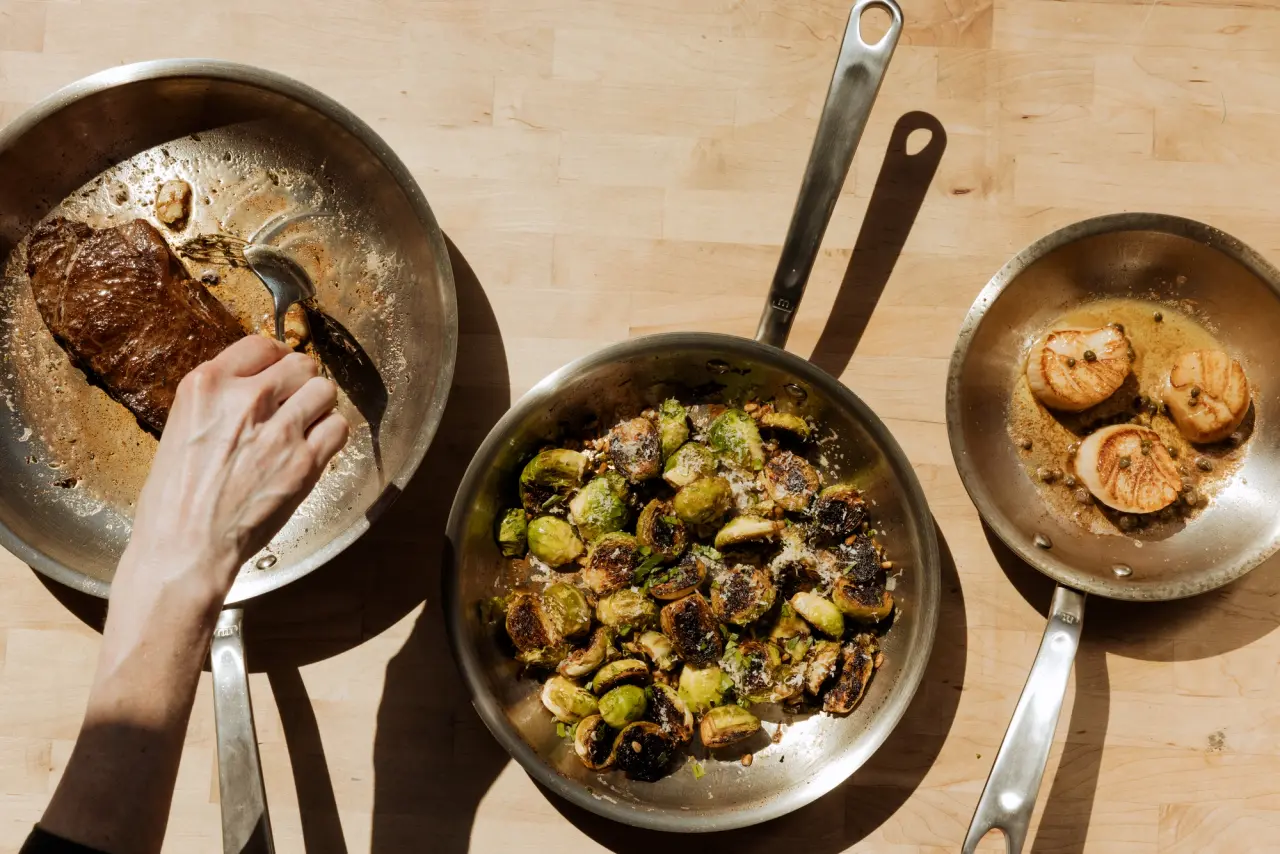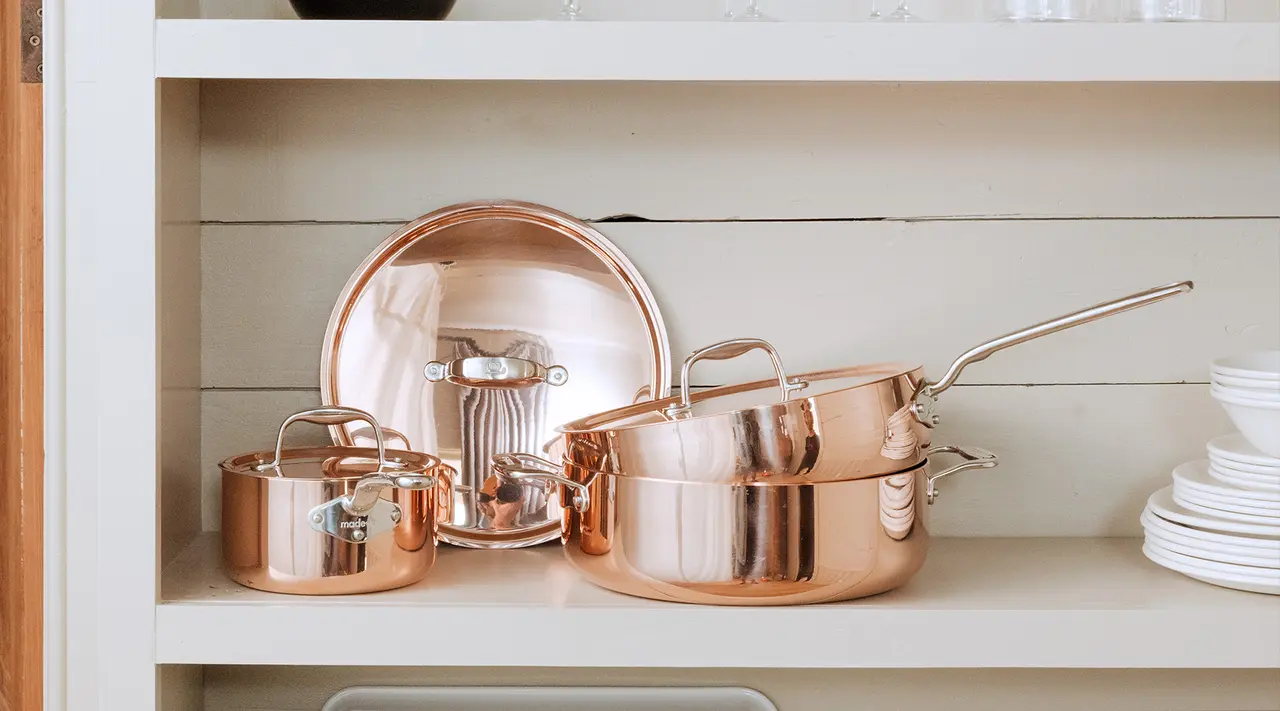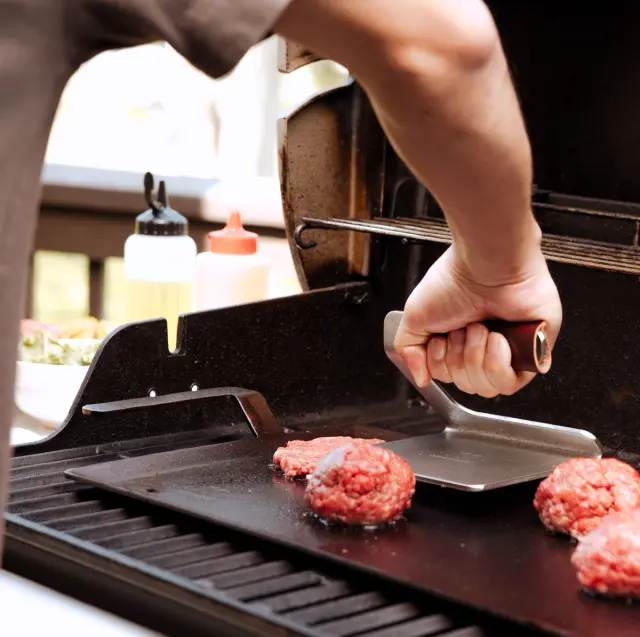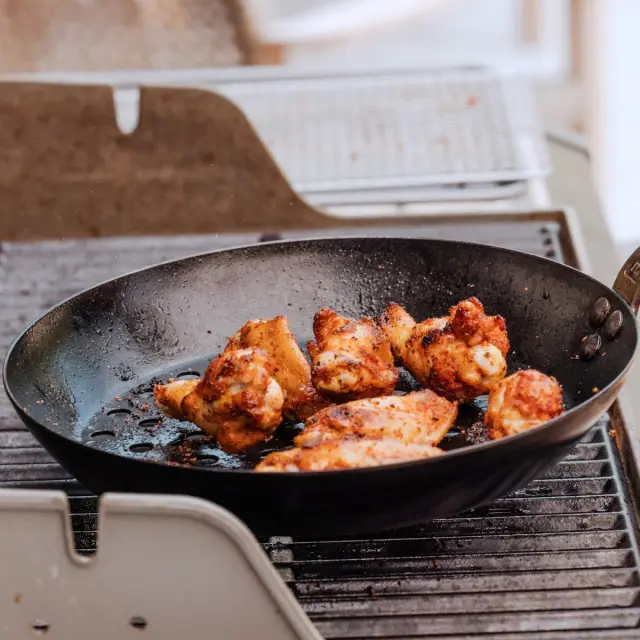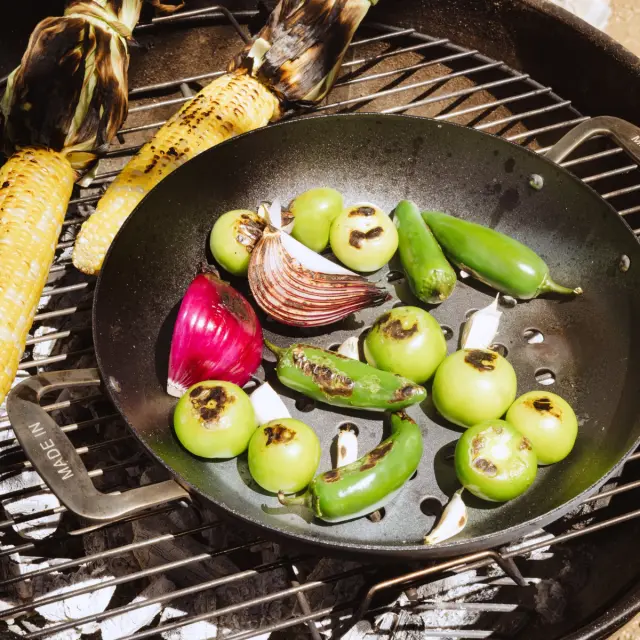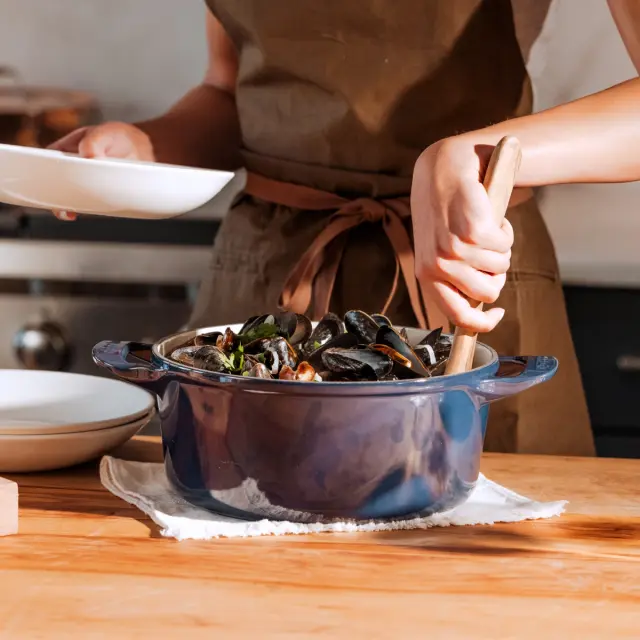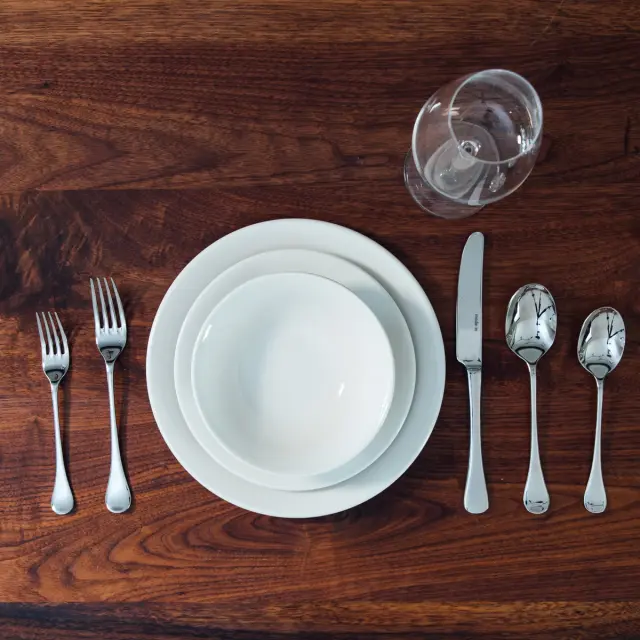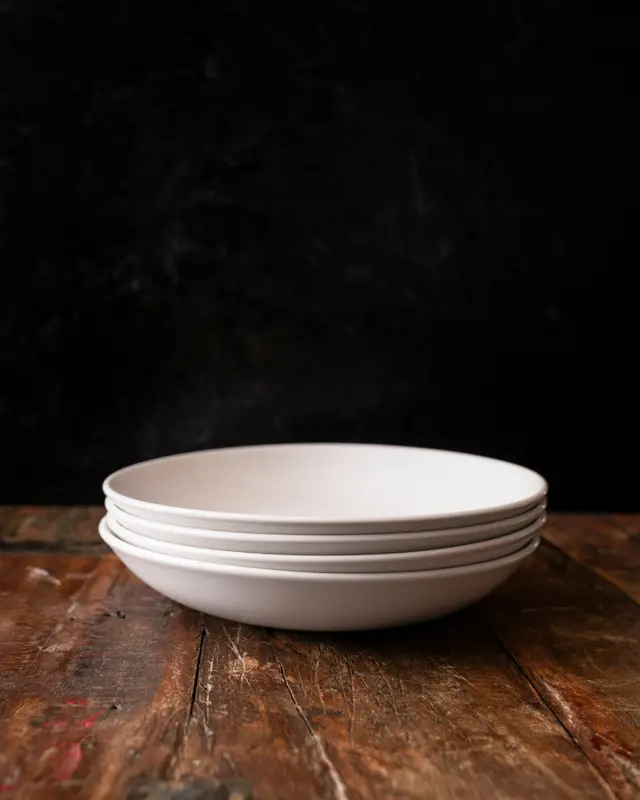While it’s tough to generalize about Japanese knives—there are dozens of varieties, each with a different name and shape—there is one thing that all of these blades have in common: they’re all designed with a particular task (or set of tasks) in mind.
The kamagata—a traditional Japanese vegetable cleaver with a unique rounded profile—is no exception. We’re here to show you why this petite but powerful knife is so special to us, and how it can enhance your fruit and vegetable prep.
What Is a Kamagata?
At first glance, the kamagata looks a bit like a small santoku, or a tall nakiri with a sloping nose. These comparisons aren’t entirely off-base: like the santoku or the nakiri, the kamagata—whose name translates to “sickle” or “scythe” in English—is designed for precise, efficient vegetable prep.
A flat blade means you’ll have to use either a straight down or a push cutting method, rather than a typical rock-chopping method, when using the kamagata, giving the user an added measure of precision and control. Since it’s a double bevel knife, the kamagata is also much easier to use—particularly if you’re relatively new to Japanese knives.
Kamagata Knife vs Nakiri vs Usuba: What's the Difference?
To get a fuller picture of why the kamagata is so unique, it helps to compare it to two other traditional Japanese knives—the usuba and the nakiri—designed explicitly for fruit and vegetable prep.
All three knives have a thin, flat blade and slightly square, blocky shape, with the kamagata set apart by a tapered tip. It’s also shorter: our Kamagata has a blade length of just over 5 inches, a full inch and a half shorter than our Nakiri. This essentially gives the kamagata the power of a nakiri or an usuba, combined with the finesse and versatility of a utility knife.
Overall, if you’re intimidated by the prospect of using and maintaining a single-bevel knife, and/or you want a vegetable knife with a santoku-like tapered tip, the kamagata is an excellent choice.
What Is a Kamagata Used For?
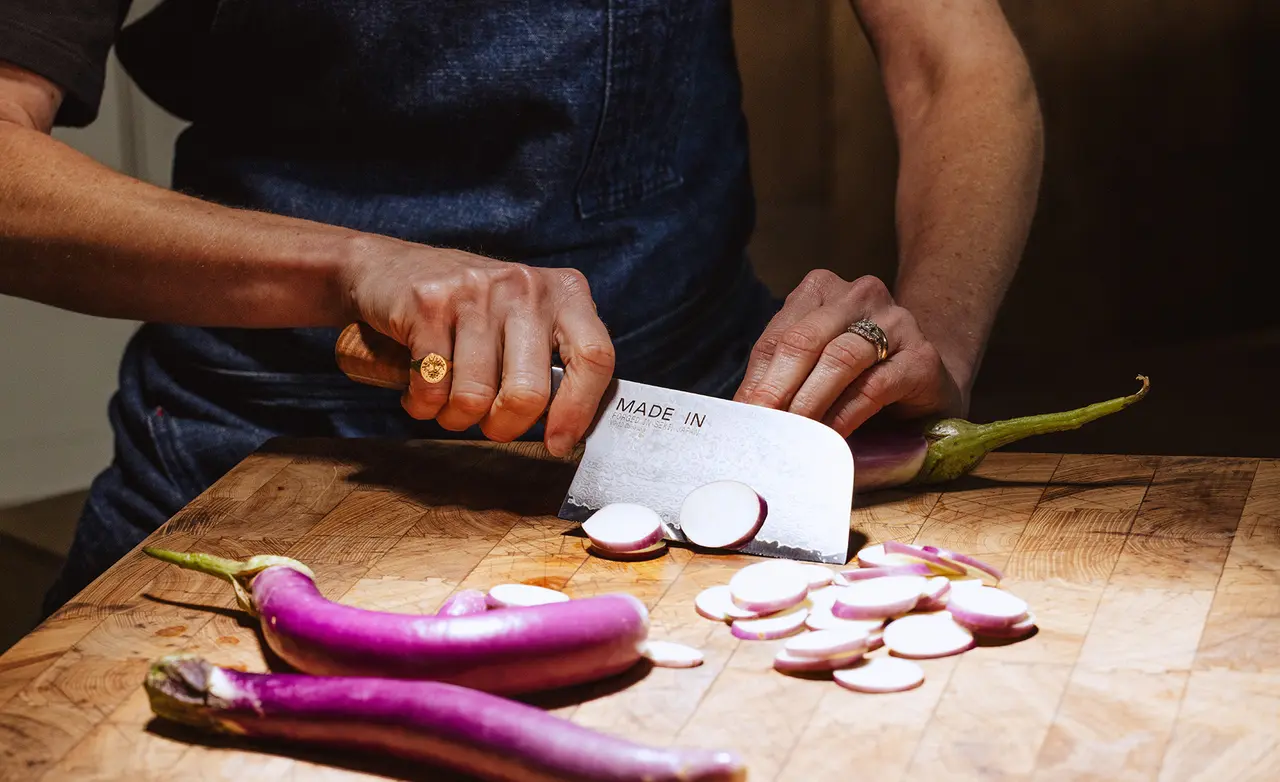
The kamagata is a knife designed explicitly for vegetable prep—and it truly excels in that regard. The flat blade enables you to cleanly slice through piles of scallions and fresh herbs, chop carrots and potatoes into perfect, stew-ready cubes, and create paper-thin slices of watermelon radish or cucumber for an elegant starter.
With the tapered tip and shorter blade, you’ll be able to maneuver more easily around oddly-shaped produce, removing cores, ribs, and peels with minimal waste.
Should You Add a Kamagata to Your Kitchen?
If you love your nakiri but find yourself swapping it out for a utility knife when you want to do delicate prep work, the kamagata is an excellent choice—especially if you do a lot of vegetable-heavy cooking. If, however, you want more of an all-purpose chef’s knife that excels at vegetable prep, a santoku is going to be a better bet.
How to Care For a Kamagata Knife
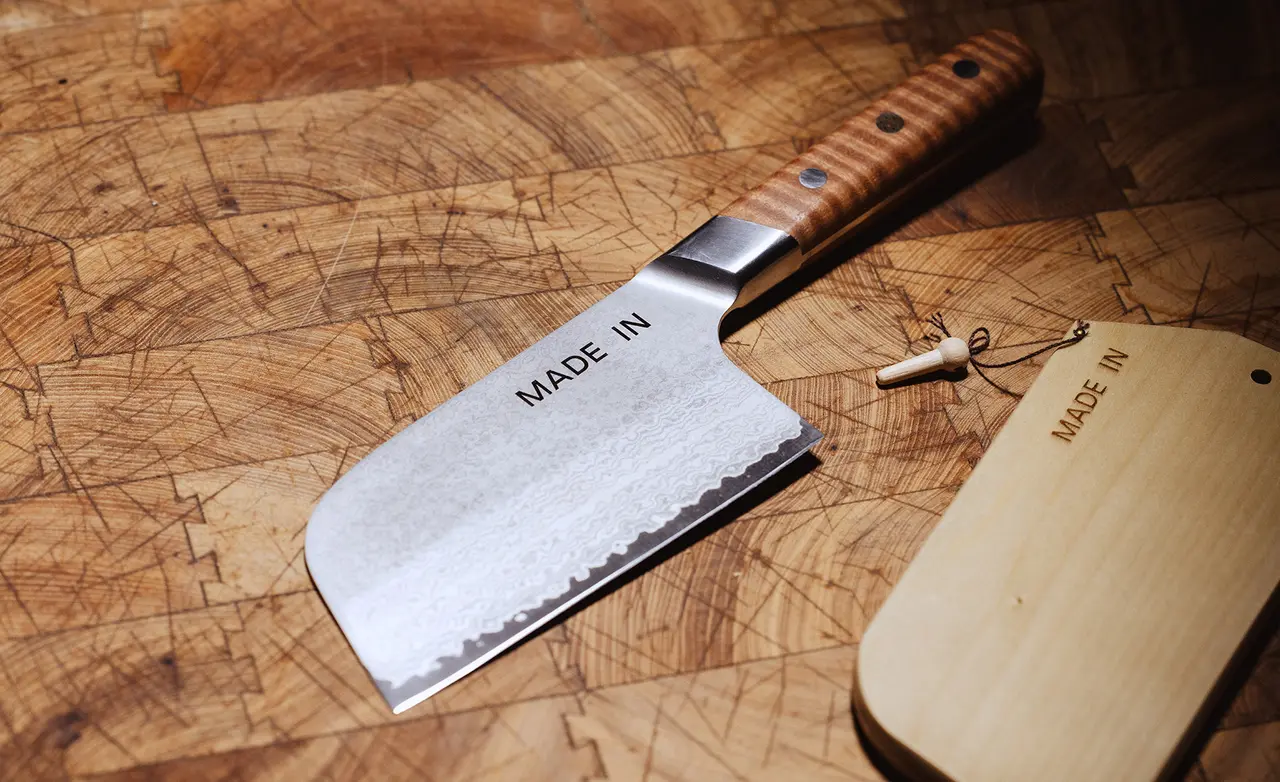
Since the kamagata is a double bevel knife, it’s much easier to sharpen than one with a single bevel, such as an usuba or yanagi. Like with any knife, we highly recommend sharpening by hand using a whetstone, rather than a mechanical sharpener, which can easily shave off too many layers of metal if you’re not careful. Always wash by hand using a gentle dish soap and warm water, and store in either a knife block or a magnetic knife strip.
Another consideration when shopping for any kind of knife—kamagata included—is whether to opt for a stainless or a carbon steel construction. While high-carbon steel is a common choice for Japanese knives due to its ability to hold a sharp edge, it’s also harder to sharpen and more prone to rust than stainless steel.
We chose VG10 Damascus steel—a strong, rust-resistant metal with a striking tiger stripe appearance—for our Kamagata, making it easier to maintain and sharpen.
Ready to Shop?
Whether you’re looking to build out your Japanese knife collection, or you simply want a nimble, versatile knife for fruit and vegetable prep, we think the kamagata is more than worth checking out.
Make sure to pick up our limited edition Damascus steel Kamagata, fitted with a stunning, durable handle made from Japanese moabi wood, available Ifor a limited time starting Wednesday, 7/16.
